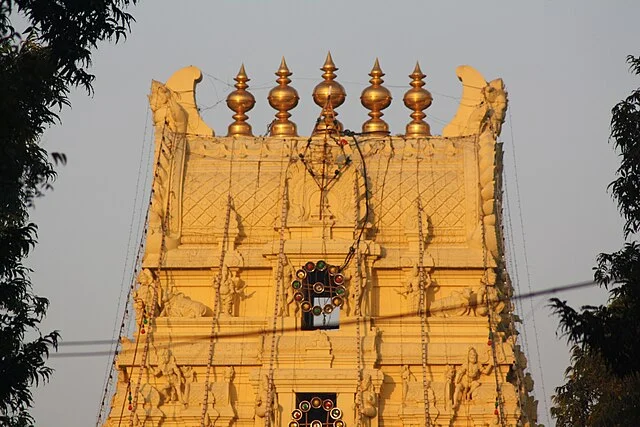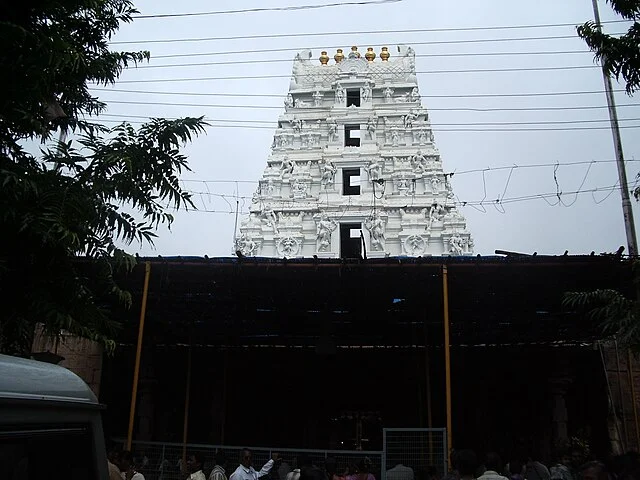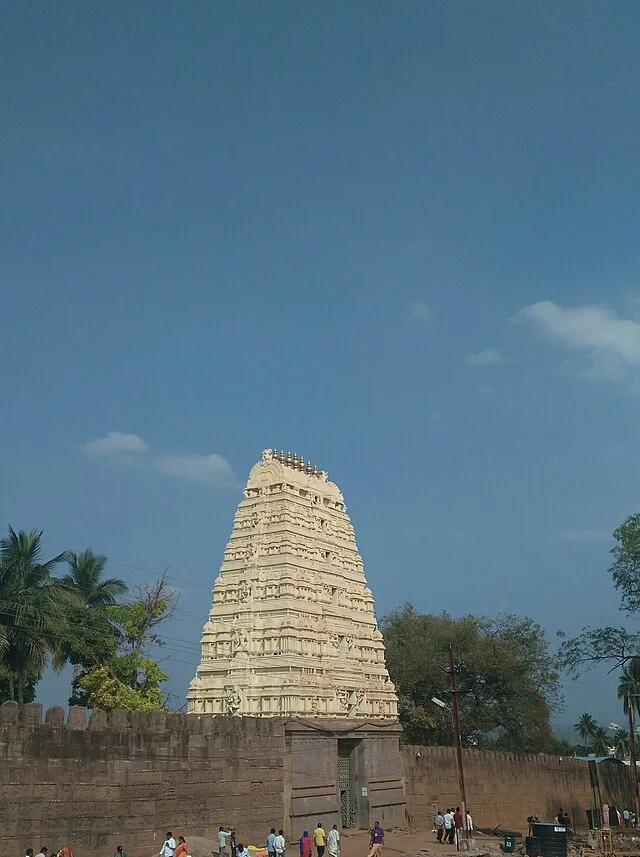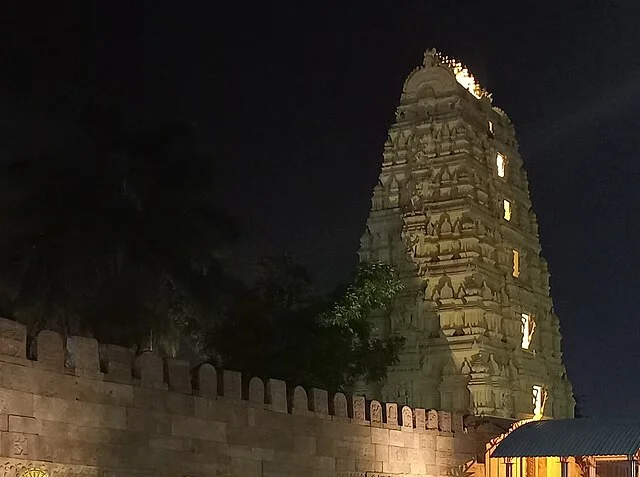The Mallikarjuna Temple is a significant example of ancient Indian temple architecture, reflecting both religious and cultural heritage. Located in Pattadakal, Karnataka, the temple dates back to the 8th century AD and represents the peak of Chalukyan artistry in temple construction. Its construction is attributed to the Chalukya dynasty, specifically under the rule of King Vikramaditya II, who commissioned many temples in this area to showcase both faith and political strength.
Get your dose of History via Email
Historical Background

The Chalukya dynasty, which ruled large portions of South India from the 6th to the 12th centuries AD, played a central role in the region’s architectural developments. The dynasty built the Mallikarjuna Temple between 733 and 745 AD to honor Lord Shiva, one of the principal deities in Hinduism. Queen Trailokya Mahadevi, the wife of King Vikramaditya II, is credited with its commissioning as an act of devotion to Shiva.
Pattadakal, the temple’s location, served as a ceremonial center where Chalukyan kings were crowned. With a rich array of Hindu temples, this town became a UNESCO World Heritage Site in 1987. The temples of Pattadakal, including Mallikarjuna, reflect both northern (Nagara) and southern (Dravidian) architectural styles, highlighting the syncretic cultural influences of the Chalukyan era.
Architecture and Design

The Mallikarjuna Temple exhibits classic Dravidian architectural features, with elements that distinguish it within the Pattadakal temple complex. It follows a similar design as the nearby Virupaksha Temple, which Queen Lokamahadevi also commissioned to celebrate the Chalukyan victory over the Pallavas. However, Mallikarjuna Temple is slightly smaller in scale compared to Virupaksha.
The temple’s layout includes a garbhagriha (sanctum sanctorum), an antarala (vestibule), and a large mandapa (pillared hall) that provides space for devotees. The intricate carvings that cover the pillars and walls display scenes from the Ramayana, Mahabharata, and Puranic legends. These carvings served not only as religious inspiration but also as historical records of the cultural values and stories prominent during the 8th century AD.
The temple’s shikhara, or tower, is a four-story structure featuring Dravidian-style architecture. It is richly decorated with intricate carvings of deities, floral patterns, and symbolic motifs. Although the shikhara primarily represents Dravidian influences, it includes elements from northern Nagara architecture, making it a unique example of Chalukyan synthesis of regional styles.
Religious Significance

Dedicated to Lord Shiva, Mallikarjuna Temple holds an important place in Shaivism, the sect of Hinduism focused on Shiva worship. The temple’s deity, Mallikarjuna, is one of Shiva’s forms and is revered for attributes associated with compassion and liberation. During Chalukyan rule, Shiva worship was central to court and religious life, as temples like Mallikarjuna facilitated communal worship and solidified the dynasty’s religious legitimacy.
The temple remains an active site of worship today, drawing devotees who seek blessings from Lord Mallikarjuna. Local festivals, especially Maha Shivaratri, attract large numbers of visitors to this historic temple.
Artistic and Cultural Impact

Mallikarjuna Temple, along with the other temples in Pattadakal, has inspired subsequent generations of temple architecture. The use of narrative carvings to depict epic tales set a standard for integrating art and religion in Indian architecture. The temple’s detailed relief sculptures showcase skilled craftsmanship and provide insight into the artistic achievements of the Chalukya period.
Pattadakal’s recognition as a UNESCO World Heritage Site underscores the cultural value of Mallikarjuna Temple. Scholars and art historians view it as an essential monument that reflects India’s ancient architectural expertise and religious devotion. The temple continues to attract researchers who study its iconography, architectural styles, and inscriptions to better understand South India’s historical and religious development.
Conclusion
The Mallikarjuna Temple at Pattadakal remains an enduring symbol of Chalukyan architecture and devotion. Built in the 8th century AD, it highlights the cultural achievements and religious influences of the Chalukya dynasty, showcasing the fusion of Dravidian and Nagara architectural styles. Today, Mallikarjuna Temple is both a revered religious site and an invaluable artifact of India’s rich cultural past. Its carvings, structure, and continued place in active worship reflect an enduring legacy of Indian temple art and architecture.
Source:

